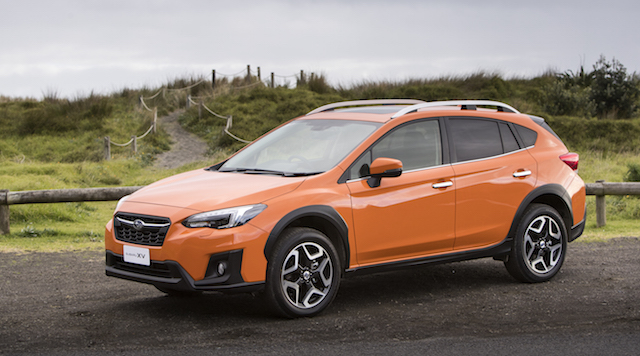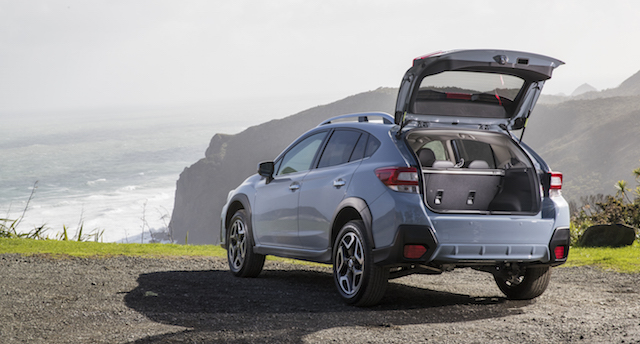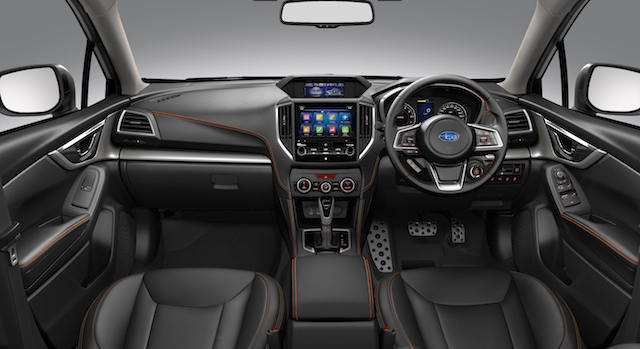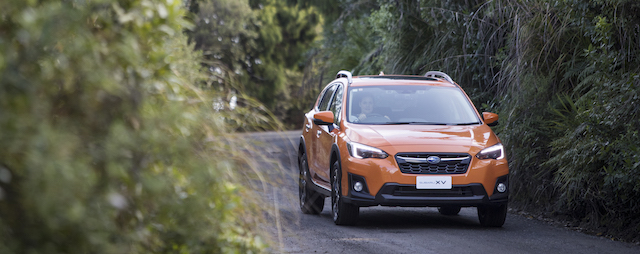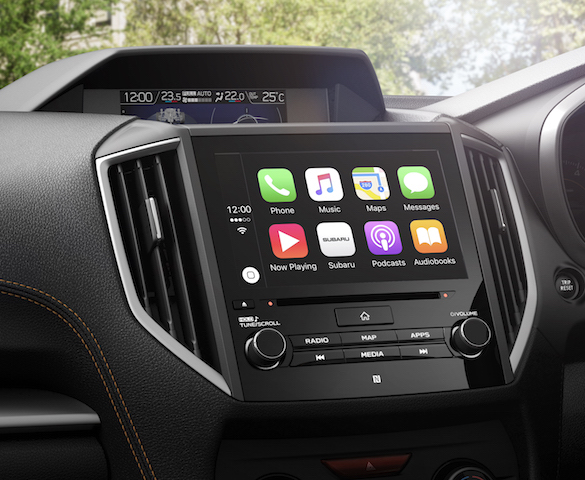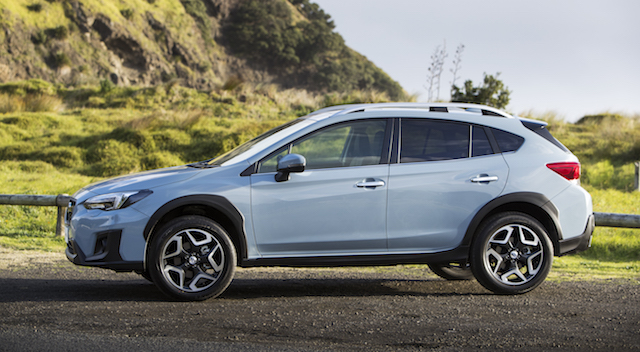
Subaru reckons it will top 3200 sales in New Zealand in 2017, up from 2660 last year. That’s a 20 per cent hike, six percentage points better than the overall market is doing.
“We’d be silly not to predict more sales this year, because the market is growing,” said managing director Wallis Dumper.
The Motor Industry Association (MIA) numbers tell the story: 63,244 new vehicles in the first five months of 2017 compared with 55,435 for the same period last year. There’s the market’s 14 per cent jump.
Subaru itself? It registered 1133 vehicles in the January-May period last year and 1276 this year. That’s a 12.6 per cent increase.
The MIA’s June figures will be out next week. Last year Subaru registered 1343 vehicles in the first six months. This year it expects to log around 1580. That’s growth of 17.6 per cent.
Subaru needs to sell around 1700 vehicles over the next six months to crack the 3200 target and 20 per cent growth. To do so it must average 284 a month. Last year it averaged 221. So far this year it’s averaged upwards of 250.
“We’ll do that 284 average easily,” said Dumper. “We will do over 300 vehicles in June, and we also have another couple of months where we will do over 300 sales.”
So what’s behind Dumper’s bumper forecast for his exclusive all-wheel-drive (AWD) line-up? For one thing the arrival in a few weeks of the new Subaru XV, the second-generation crossover.
“It’s the key to us staying ahead of the market and growing sales even more,” he said. Another key is continuing demand for the Impreza hatchback and award-winning Outback wagon.
“The XV arrives at a pivotal time for Subaru,” Dumper said. “Our sales are growing to a whole new level, not only in New Zealand but also globally.
“Outback has carved a hugely successful path here, and the new Impreza 2.0 Sport is doing the same, with sales simply limited by production allocation from Subaru in Japan.”
There are two new XV models: the entry-level XV 2.0i Sport at $34,990, and the XV 2.0i Premium at $39,990. The prices are around $3000 and $4000 cheaper respectively than the outgoing first-generation XV, which went on sale here in 2013.
Dumper said he worked “bloody hard” to get Subaru executives in Japan to agree to the prices. On his side was the fact that the XV will compete in the hottest new vehicle segment in New Zealand: SUVs under $40,000. “It has massive potential in such a segment,” he said.
The launch of the XV on roads around Napier and the drive back to Auckland indeed showed that the sub-$40,000 SUV segment has a serious new player, even after only a couple of days at the wheel.
An initial highlight: the XV seems much lighter on its feet, perhaps helped in part by a direct-injection engine that weighs 12kg less than the unit in the outgoing XV.
There is a lot to like: the slightly longer wheelbase, more adjustable seating up front, design and layout of the generous cabin, crisp infotainment graphics on the eight-inch touchscreen, intuitive controls, integrated Eyesight safety system with autonomous braking, a long-travel, easy-going ride that remains balanced and composed when pushed, well-weighed steering, AWD traction.
Another plus is its ground clearance of 220mm, a higher ride height which, on paper at least, could be expected to affect dynamics. But the chassis doesn’t give anything away.
The 220mm can be expected to take XV further off-road than rivals like the Mazda CX-3 (160mm), Honda HR-V (170mm), Toyota C-HR (154mm), Nissan Qashqai (188mm). Especially once the Subaru’s X-Mode and hill descent systems are engaged.
Output from the naturally aspirated 2.0-litre boxer four-cylinder is modest – 115kW at 6000rpm and a peak of 196Nm at 4000rpm.
But the long-stroke engine delivers much of the torque from lower down in the rev range, aiding get up and go via a seven-step continuously variable transmission that is largely flare-free. Shift paddles are there to help if the revs occasionally slide into a hole.
XV offers more luggage space in the rear than the outgoing model, but capacity remains down on rivals the Honda HR-V, Nissan Qashqai, and Toyota C-HR. The XV 2.0-litre Sport rides on 17-inch alloys, the 2.0-litre Premium on 18-inchers.
Both models are particularly well equipped, with up-to-the-minute safety aids, and Apple CarPlay and Android Auto. Premium adds things like leather trim, sunroof, heated front seats.
Among Premium’s extra goodies is an autonomous braking system at the rear. It works up to 15km/h and will automatically apply the brakes once sensors detect that the driver is about to back into something.

